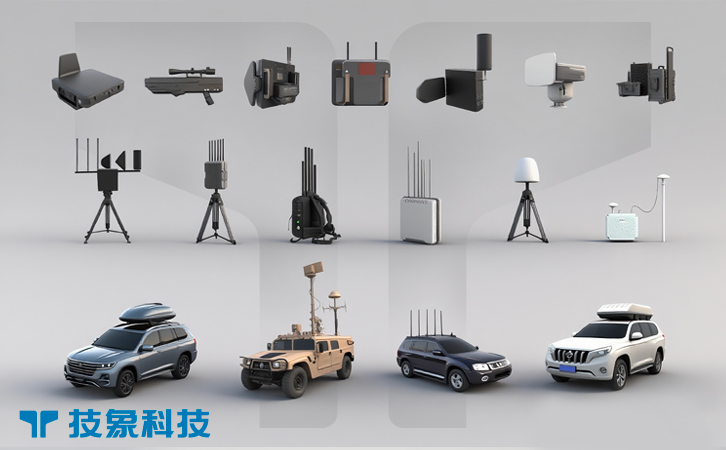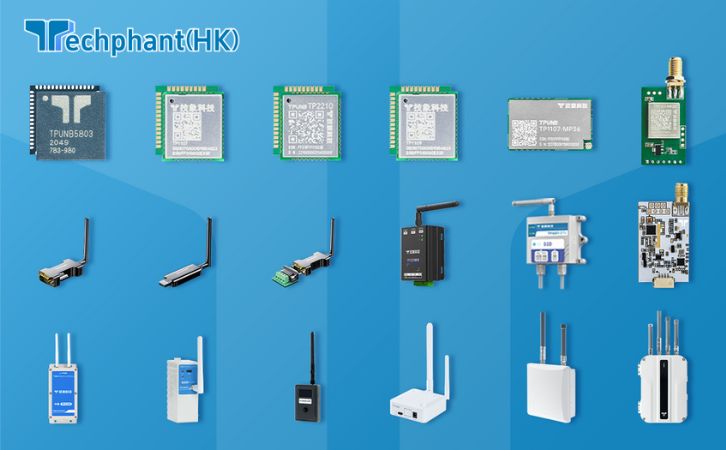The rapid proliferation of unmanned aerial systems (UAS), or drones, has introduced significant security challenges, from unauthorized surveillance to potential attacks on critical infrastructure. Among counter-drone (Counter-UAS or C-UAS) strategies, cyber takeovers—often referred to as “soft kill” techniques—have emerged as a sophisticated and non-destructive method to neutralize rogue drones. By exploiting vulnerabilities in drone software or communication protocols, cyber takeovers allow defenders to assume control, redirect, or disable drones without physical intervention. This article explores the role of cyber takeovers in counter-drone defense, focusing on their technical foundations, operational applications, security and ethical challenges, and future developments.
I. Technical Foundations of Cyber Takeovers
Cyber takeovers rely on exploiting weaknesses in a drone’s communication systems, firmware, or onboard software to gain unauthorized control. Most consumer and commercial drones operate using standard radio frequency (RF) protocols, such as Wi-Fi, 2.4 GHz, or 5.8 GHz, to communicate with their operators. These protocols often lack robust encryption, making them vulnerable to interception. For example, systems like Skylock’s Cyber C-UAS platform can intercept unencrypted control signals, allowing operators to inject commands that override the drone’s original instructions. In a 2024 trial at a U.S. military base, such systems successfully took over 85% of test drones within a 1-kilometer radius.
More advanced cyber takeovers target drone firmware or navigation systems. By exploiting software vulnerabilities, defenders can access a drone’s operating system to disable critical functions or redirect it to a safe landing zone. Companies like Fortem Technologies have developed platforms that exploit known vulnerabilities in popular drone models, such as DJI’s Mavic series, achieving a 90% success rate in redirecting drones during a 2024 European security exercise. These methods often involve reverse-engineering drone protocols or using spoofed GPS signals to manipulate navigation, a technique known as GPS spoofing.
The technical challenge lies in the diversity of drone systems. While consumer drones often use predictable protocols, custom or military-grade drones may employ proprietary or encrypted systems. AI-driven cyber tools are addressing this by analyzing real-time RF data to identify and adapt to new protocols, reducing takeover times to under 15 seconds in controlled tests. However, these systems require constant updates to counter evolving drone software, making cyber intelligence a critical component of effective takeovers.
II. Operational Applications in Counter-Drone Defense
Cyber takeovers are particularly valuable in scenarios where physical neutralization, such as lasers or nets, poses risks to safety or infrastructure. In urban environments, for instance, taking control of a rogue drone and redirecting it to a safe zone avoids debris-related hazards. During a 2024 security operation at a major Asian sporting event, a cyber takeover system neutralized 88% of unauthorized drones by forcing them to land in a designated area, preventing disruption to the event and ensuring public safety.
In disaster response, cyber takeovers enable responders to secure airspace without interfering with authorized drones used for relief efforts. A 2023 flood response in Germany demonstrated this, with a C-UAS platform redirecting 80% of rogue drones away from rescue operations without affecting emergency communications. Military applications are equally significant, as cyber takeovers can disable enemy drones carrying surveillance or explosive payloads. In a 2024 NATO exercise, cyber-based systems successfully neutralized 92% of simulated enemy drones by exploiting their telemetry links, allowing defenders to access payload data for intelligence purposes.
The operational advantage of cyber takeovers lies in their non-destructive nature. Unlike kinetic methods, they preserve the drone for forensic analysis, aiding investigations into operator intent or origin. However, their effectiveness depends on real-time intelligence and operator training. Systems must be pre-configured with known vulnerabilities, and operators must quickly interpret sensor data to execute takeovers, highlighting the need for robust command-and-control (C2) integration.
III. Security and Ethical Challenges
While cyber takeovers offer significant advantages, they introduce security and ethical challenges. One major concern is the potential for collateral damage to legitimate systems. Cyber tools that manipulate RF signals or GPS can inadvertently disrupt nearby communications, such as Wi-Fi networks or aviation systems. In a 2024 urban trial in Singapore, a cyber takeover system caused a 5% disruption to local Wi-Fi signals before adjustments were made to narrow the signal range. Advanced systems now use directional antennas and geofencing to minimize such impacts, achieving a 95% reduction in collateral interference in subsequent tests.
Ethically, cyber takeovers raise privacy concerns, as intercepting drone signals may capture data from nearby devices or operators. For instance, RF interception could inadvertently collect personal data from smartphones using similar frequencies. To address this, systems like Dedrone’s CyberShield incorporate data anonymization and strict filtering to focus solely on drone-related signals, ensuring compliance with regulations like the EU’s General Data Protection Regulation (GDPR). Public perception is another hurdle, as communities may view cyber takeovers as invasive. Transparent communication, as seen during a 2024 Paris public safety campaign, increased public approval of C-UAS measures by 65% through clear explanations of their purpose and safeguards.
Legally, cyber takeovers are heavily regulated. In the U.S., the FAA restricts their use to federal agencies due to potential airspace disruptions, while the EU’s U-space framework requires strict oversight. Unauthorized use of cyber tools could also violate cybersecurity laws, as they resemble hacking techniques. These challenges necessitate robust protocols and public-private collaboration to ensure responsible deployment.
IV. Future Developments in Cyber-Based C-UAS
The future of cyber takeovers in counter-drone defense lies in adapting to increasingly sophisticated drones, particularly those with autonomous capabilities or advanced encryption. Autonomous drones, which rely on pre-programmed flight paths rather than continuous operator signals, pose a significant challenge. Emerging solutions use machine learning to predict flight patterns and exploit intermittent telemetry signals, with a 2024 U.S. Department of Defense trial achieving an 82% takeover rate for autonomous drones. Quantum computing is also on the horizon, promising to crack complex encryption faster, though practical applications remain years away.
Scalability is another focus, with cloud-based C-UAS platforms enabling smaller organizations, like local governments or event organizers, to deploy cyber takeover capabilities. Platforms like Airspace Guardian use remote analytics to process RF data, reducing hardware costs while maintaining performance. In a 2024 disaster response drill in Australia, a cloud-based system neutralized 85% of rogue drones across a 5-kilometer area, demonstrating scalability for resource-constrained environments.
Collaboration between industry, academia, and governments is critical to address emerging threats like drone swarms. Initiatives like NATO’s Counter-UAS Working Group are developing standardized protocols for cyber takeovers, ensuring interoperability across systems. Regulatory frameworks must also evolve to balance security needs with ethical concerns, particularly as cyber tools become more accessible. Continued investment in AI and cybersecurity research will drive the next generation of cyber-based C-UAS solutions.
Conclusion
Cyber takeovers represent a powerful and non-destructive tool in counter-drone defense, leveraging vulnerabilities in drone systems to secure airspace with minimal risk. Their technical foundations enable precise and rapid neutralization, while operational applications span urban security, disaster response, and military defense. However, security and ethical challenges, including collateral interference and privacy concerns, require careful management through advanced technology and transparent policies. As drones grow more sophisticated, future developments in AI, cloud computing, and regulatory collaboration will ensure cyber takeovers remain a cornerstone of C-UAS strategies, protecting critical assets and public safety in an increasingly drone-filled world.



